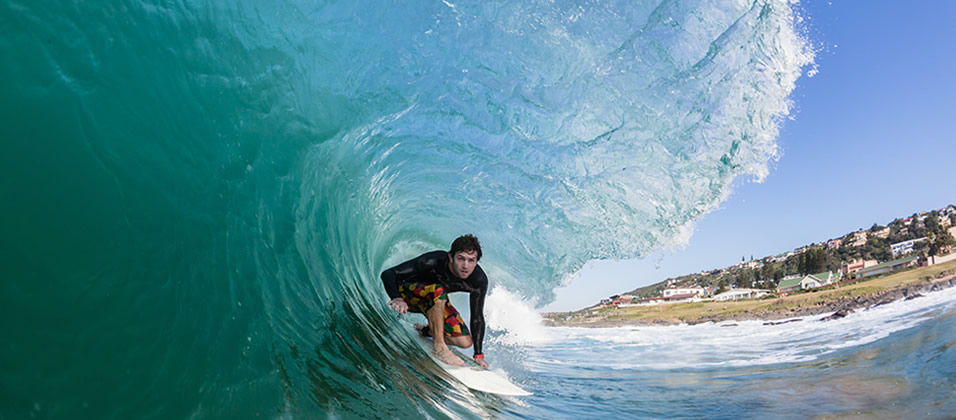Soft Tissue Reconstruction
In the event of a trauma or wound complication from a previous procedure, the team at OTL have extensive experience in soft tissue reconstruction.
The options for soft tissue reconstruction follow a 'reconstruction elevator'
- Advancement of surrounding tissue to close the skin defect
- Split skin grafts
- Local flaps (skin and underlying fascia or muscle flaps)
- Free flaps
Advancement of surrounding tissue involves carefully raising a tissue layer, with an intact blood supply, which is directly adjacent to the soft tissue defect, this more mobile tissue can then be used to close the defect primarily.
Split skin grafts involves the transfer of skin from one part of the body (donor site) to the site of the skin defect (recipient site).
Local flaps require the identification of blood vessels that supply a specific zone of skin and underlying fascia or a muscle belly. This blood vessel is identified and the relative associated flap of tissue is carefully raised free of its other connections and the flap is moved, preserving its supplying blood vessels, locally to cover the soft tissue defect.
Free flaps are the free transfer of tissue with the associated arteries and veins, which are transplanted to the site of the soft tissue defect, with the arteries and veins microscopically reattached to an artery and vein at the site of the defect.
The choice of soft tissue reconstruction is dictated by numerous factors including:
- The size of the soft tissue defect
- The location of the soft tissue defect
- The state of the soft tissues at the site of the defect
- The presence or absence of infection
- The presence or absence of underling metalwork
In some cases tissue transfer can be used to restore the muscle-tendon unit around a joint to enable movement. Examples include:
- Local gastrocnemius flap can be used to replace a non-functioning extensor mechanism in the knee.
- Local Tibialis posterior transfer can be used to restore movement of the ankle joint in cases of a foot drop of the ankle, normally occurring after traumatic damage to the common peroneal nerve around the knee.
In some cases the initial soft tissue reconstruction may require cosmetic enhancement in the future (such as thinning of a free flap) but always at a safe interval of time to allow the reconstruction to do its primary role of closing the soft tissue defect.


